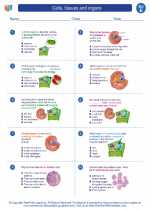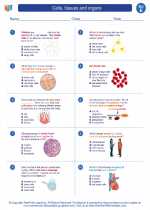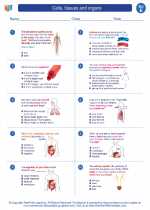Speakers
Speakers are devices that convert electrical signals into sound waves. They are commonly used in audio systems, televisions, computers, and mobile devices to produce sound for listening. Understanding how speakers work and the different types available is important for anyone interested in audio technology.
How Speakers Work
Speakers consist of several components that work together to produce sound. When an electrical signal, such as music or speech, is sent to the speaker, it passes through a coil of wire called the voice coil. The voice coil is attached to a diaphragm, which is a thin, flexible material that vibrates when the electrical signal passes through it. These vibrations create sound waves that travel through the air and reach our ears, allowing us to hear the original audio signal.
Types of Speakers
There are various types of speakers designed for different purposes. Some of the common types include:
- Woofers: These are large speakers designed to produce low-frequency sounds, such as bass in music.
- Tweeters: These are smaller speakers that produce high-frequency sounds, such as treble in music.
- Subwoofers: These specialized speakers are dedicated to reproducing very low-frequency sounds, particularly for deep bass in music and movie sound effects.
- Full-range speakers: These speakers are designed to reproduce the entire range of audible frequencies, from low bass to high treble.
- Bluetooth speakers: These are portable speakers that can connect wirelessly to devices such as smartphones and tablets to play audio.
Study Guide
If you're studying speakers, here are some key points to focus on:
- Understand the basic components of a speaker, including the voice coil, diaphragm, and magnet.
- Learn how electrical signals are converted into sound waves by the speaker.
- Explore the different types of speakers and their specific functions, such as woofers, tweeters, and subwoofers.
- Consider the applications of speakers in various audio systems and devices, such as home theaters, car audio systems, and public address systems.
- Research the latest advancements in speaker technology, such as wireless and Bluetooth-enabled speakers.
By understanding the principles of how speakers work and the different types available, you can gain a deeper appreciation for the role of speakers in audio technology and the importance of sound reproduction in our daily lives.
.◂Science Worksheets and Study Guides Fifth Grade. Cells, tissues and organs

 Worksheet/Answer key
Worksheet/Answer key
 Worksheet/Answer key
Worksheet/Answer key
 Worksheet/Answer key
Worksheet/Answer key
 Vocabulary/Answer key
Vocabulary/Answer key
 Vocabulary/Answer key
Vocabulary/Answer key
 Vocabulary/Answer key
Vocabulary/Answer key
 Vocabulary/Answer key
Vocabulary/Answer key
 Vocabulary/Answer key
Vocabulary/Answer key
 Vocabulary/Answer key
Vocabulary/Answer key
